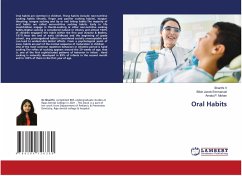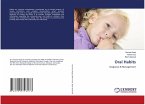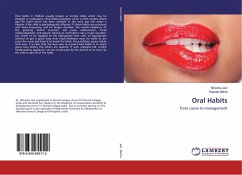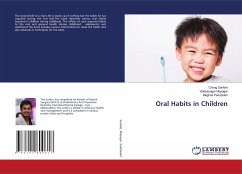Oral habits are common in children. These habits include: non-nutritive sucking habits (thumb, finger and pacifier sucking habits), tongue-thrusting, tongue sucking and lip or nail biting habits.The majority of oral habits are called non-nutritive sucking habits. Early in life mostchildren engage in thumb-sucking or other non-nutritive sucking habits.Digital sucking is considered natural in infancy and almost 100% of children engagein this habit within the first year (Kravitz & Boehm, 1971).Near the end of early childhood and the beginning of grade school, any prolongedoral habit is considered socially unacceptable and can lead to undesirable dental effects. From a psychological point of view, habits are part of the normal sequence of maturation in children. One of the most common repetitive behaviors in infantile period is hand sucking.The reflex of sucking appears around the 29 weeks of age, that is, one of the first sophisticated patterns of behavior in infant . Hand sucking is naturally developed in 89% of infants in the second month and in 100% of them in the first year of age.








